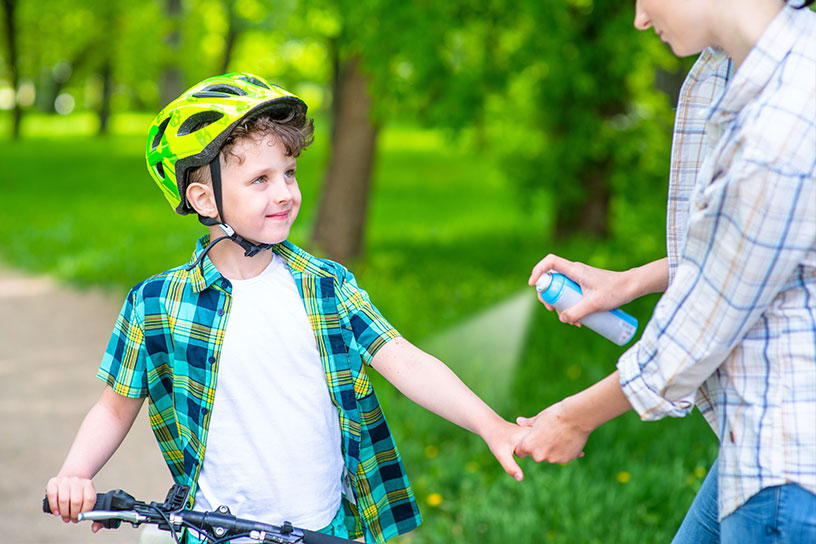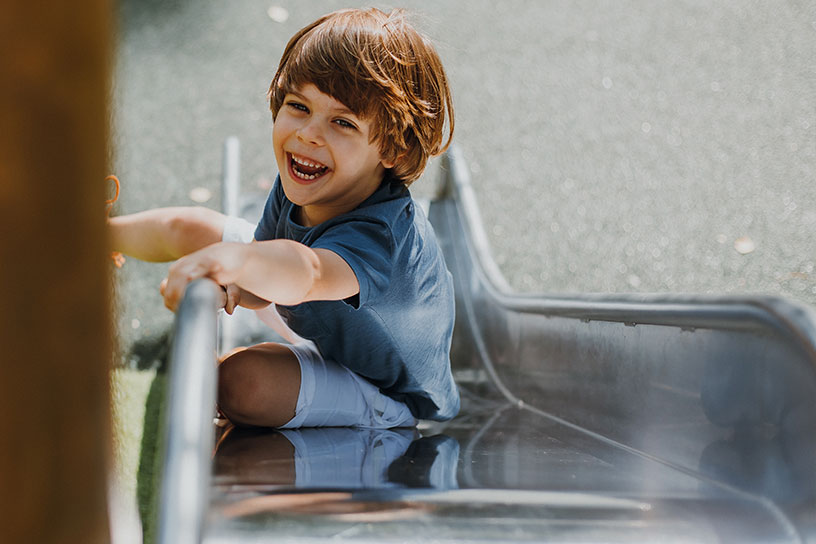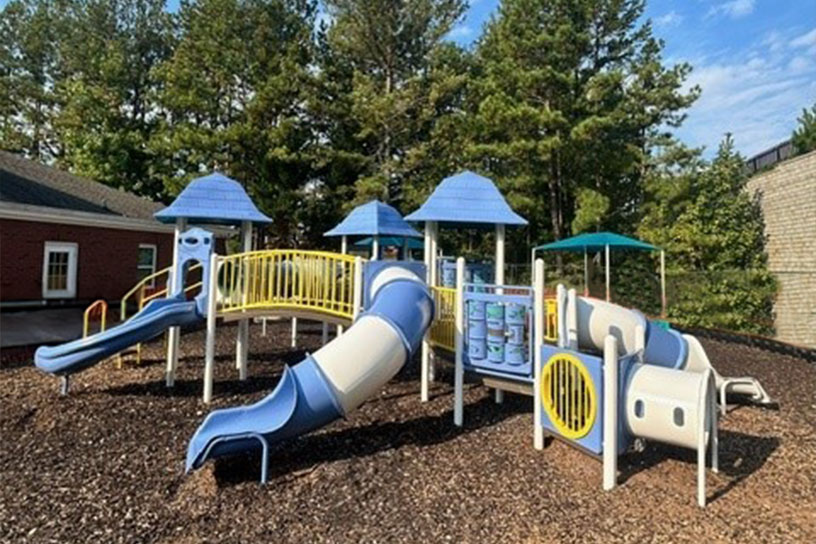Monkey bars are a beloved playground staple that offer children the opportunity to strengthen their upper bodies, improve grip strength, and develop coordination skills. It is essential to regularly inspect monkey bars to ensure they are safe for children to use. In this blog post, we will provide a comprehensive guide on how to inspect monkey bars for safety, helping you create a secure and enjoyable play environment for children.
1. Check for Structural Integrity
Before allowing any children to play on monkey bars, it is crucial to conduct a thorough visual inspection of the structure. This inspection should focus on identifying any signs of structural damage that could potentially affect the safety of those using it.
One of the first things to look for are any loose or missing bolts. Bolts help to keep the structure together, and if any are missing or loose, the monkey bars could collapse or become unstable. Screws and nuts should also be checked for tightness.
Another common issue to look for is cracked welds. Welds hold the bars together, and if any welds are damaged, they could lead to structural instability. Welds should be inspected closely and repaired immediately if any signs of cracking or damage are found.
Bent or rusted bars should also be examined, as these may cause instability in the structure. Rust can compromise the integrity of the bars, making them weaker over time. Bent bars can also cause injuries to children using the monkey bars.
If any structural issues are identified during the inspection, swift action should be taken to address them. This might involve repairing or replacing the affected parts, or even taking the monkey bars out of service until repairs are completed. It is essential to prioritize safety when it comes to playground equipment, and regular inspections and maintenance can go a long way in preventing accidents and injuries.
2. Ensure Proper Installation
It is equally important to assess the overall stability and safety of the installation of the monkey bars. Start by checking whether the monkey bars are securely anchored to the ground or the main play structure. This will ensure that they won't topple over or shift during use, which could lead to accidents or injuries.
While examining the monkey bars, thoroughly inspect for any sharp edges or protruding hardware. Sharp edges could potentially cause cuts or abrasions to children's delicate skin, while protruding hardware such as nails or screws might pose a risk of entanglement or snagging clothing, increasing the likelihood of accidents. Any sharp edges or protrusions should be smoothed out or covered to minimize the risk of injury.
Moreover, verify that the height of the monkey bars is appropriate for children to reach comfortably. If the bars are positioned too high, it increases the risk of falls and may discourage young children from using them. On the other hand, if they are set too low, it could lead to children hunching over or straining themselves while playing, which also increases the risk of injury. Ensuring a comfortable height will enhance accessibility and promote safe play for all children.
By conducting a thorough and comprehensive inspection that covers structural integrity, stability, protrusions, and height, you can significantly reduce the risk of accidents or injuries on the monkey bars. Regular maintenance and inspections are essential to prolong the lifespan of the equipment and provide a safe and enjoyable play environment for children.
3. Access Stability and Movement
Additionally, it is recommended to conduct a stability test to ensure the monkey bars are securely anchored and structurally sound. Gently shake the bars to assess their stability, paying close attention to any excessive wobbling or excessive movement when pressure is applied. The bars should remain stable and not exhibit any signs of instability that could potentially compromise the safety of those using them.
If you do notice any excessive movement during the stability test, it is crucial to evaluate the support structure and anchors. Check for any signs of weakness or wear in the support beams or posts that may be contributing to the instability. Inspect the anchoring mechanisms, such as bolts or concrete footings, to ensure they are securely fastened and not compromised in any way.
In cases where excessive movement is observed, it may be necessary to reinforce the supports or anchors. This can involve adding additional bracing, replacing worn-out or damaged components, or even reinforcing the attachment points to the ground or main play structure. Addressing these issues promptly will help restore the stability of the monkey bars and prevent any potential hazards.
Regular maintenance and frequent stability tests can help identify and rectify any issues with the monkey bars promptly, ensuring a safe and enjoyable play environment for children. By taking these precautions and assessing the structural integrity, stability, and anchoring of the monkey bars, you can significantly minimize the risk of accidents or injuries during playtime.
4. Inspect Hand Grips and Supports
Furthermore, it is essential to evaluate the condition of the hand grips on the monkey bars as part of the comprehensive inspection. These hand grips are crucial for children to maintain a secure hold while navigating the bars. Begin by inspecting each hand grip to ensure they are intact and free from any cracks, breaks, or sharp edges that could potentially cause injuries to children's hands.
In addition to visual examination, assess the quality of grip provided by the hand grips. Ideally, they should have a textured or ribbed surface that offers adequate friction and prevents children's hands from slipping during play. This is particularly important during hot or humid weather when sweaty or wet palms can make it more challenging to maintain a firm grip.
Inspect the hand supports that secure the hand grips to the monkey bars as well. Confirm that they are securely fastened and show no signs of looseness or damage. These hand supports should be able to withstand the weight and force applied by children during play, ensuring they stay firmly attached and stable throughout use.
If any issues are identified with the hand grips or supports, it is crucial to address them promptly. Replace any damaged or worn-out hand grips to ensure children have a safe and comfortable grip while playing on the monkey bars. Additionally, if any hand supports are loose or damaged, tighten or replace them as necessary to maintain a secure and stable handhold for children.
By thoroughly evaluating the condition of the hand grips and supports and taking appropriate actions to rectify any issues, you can enhance the safety and enjoyment of children using the monkey bars. Regularly inspecting and maintaining these components will help prevent accidents, injuries, and potential hazards, creating a secure and fun play experience for all.
5. Look for Proper Spacing
It is imperative to pay close attention to the spacing between the bars to ensure the safety of children. The proper design and spacing of these gaps are essential to prevent accidents, injuries, and potential entrapment.
Take the time to thoroughly inspect the gaps between the bars, ensuring they are appropriately spaced to allow for easy traversal without posing a risk. These gaps should be designed and maintained in a way that minimizes the chances of a child's head, limbs, or clothing becoming trapped.
Check for any irregularities or inconsistencies in the spacing between the bars. Ensure there are no wide gaps that could potentially allow a child's head to become lodged between the bars. Likewise, pay attention to narrow gaps that may catch a child's limbs or clothing, increasing the risk of injury or entrapment.
If any gaps are found to be problematic, immediate action is necessary. Measures should be taken to modify or repair the monkey bars to ensure they meet the necessary safety standards. This may involve adjusting or replacing certain bars or implementing additional protective measures, such as installing protective coverings or inserts to minimize the risk of entrapment.
Regular monitoring and maintenance of the spacing between the bars will help guarantee that the monkey bars remain a safe play area for children. By thoroughly examining and addressing any irregularities or gaps, the risk of accidents or injuries can be significantly reduced, allowing children to enjoy their playtime with confidence and peace of mind.
6. Consider Age Appropriateness
Consider the age range of the children who will be using the monkey bars. Ensure that the bars are suitable for the intended age group and do not pose any unnecessary risks. Younger children may require lower height bars with closer spacing, while older children may need taller bars with wider spacing.
Regularly inspecting monkey bars for safety is an essential responsibility. By following this comprehensive guide, you can identify and address any potential hazards, ensuring a secure and enjoyable play experience for children. Remember, safety should always be the top priority when it comes to maintaining a playground. Stay vigilant, perform routine inspections, and take necessary actions to maintain the integrity and safety of monkey bars and the overall playground environment.
If you're uncertain about the safety of your playground surface, don't hesitate to take action. Contact the team of Certified Playground Inspectors at Playground Guardian. Our experts are equipped to conduct comprehensive playground surface tests, ensuring that your playground remains a safe haven for children's play and exploration.
Your peace of mind and your child's safety are our top priorities. Schedule a playground surface test with Playground Guardian today and protect the joy of play for generations to come. Join us in shaping the future of playgrounds and ensure countless generations enjoy the wonders of play without worry. Explore the cutting-edge world of playground safety innovations today and safeguard the joy of play for years to come.>
To get in touch with us and schedule your playground surface test, schedule a consultation today or give us a call at 877-984-0418. We're here to help you make your playground a safe and exciting place for children.





